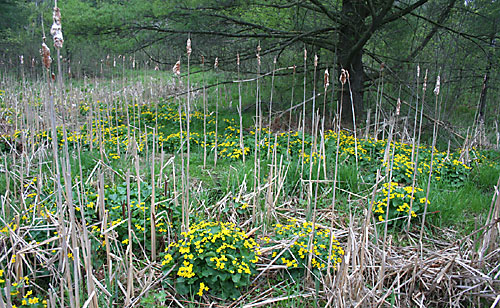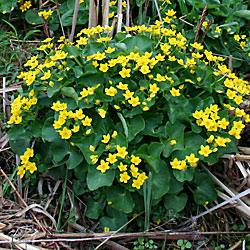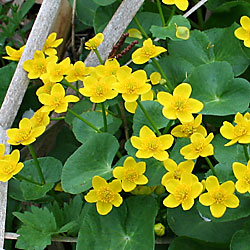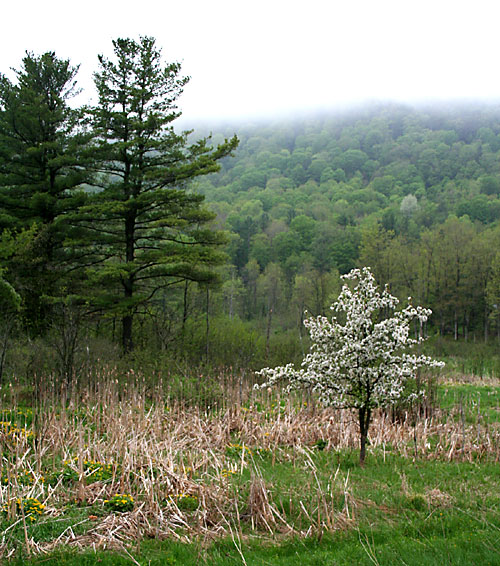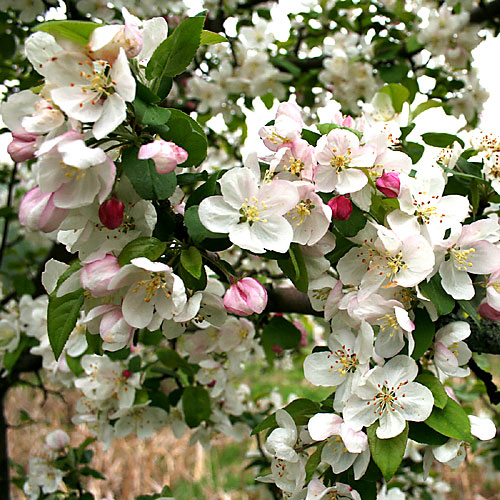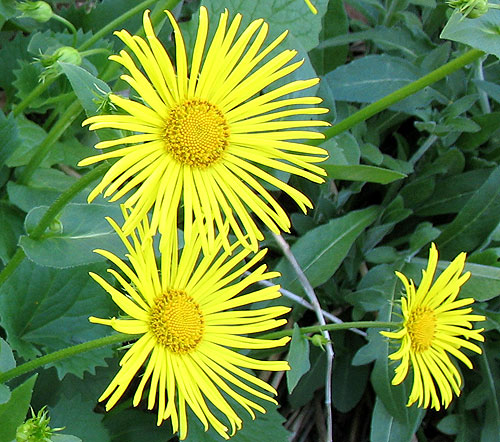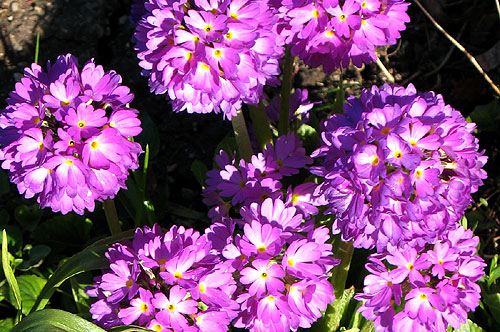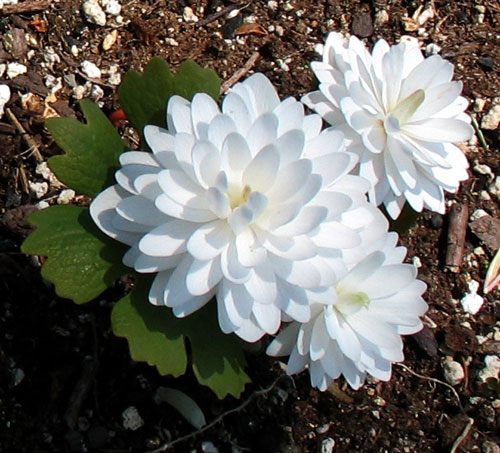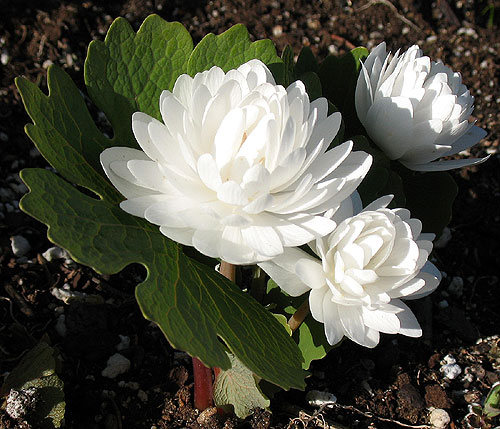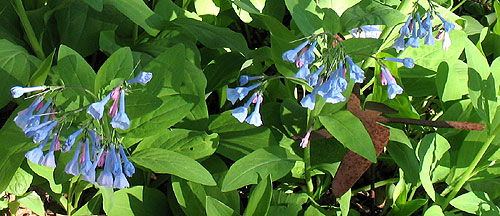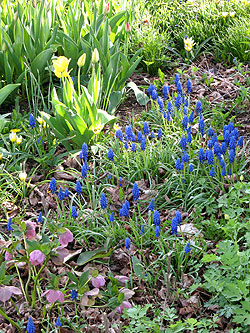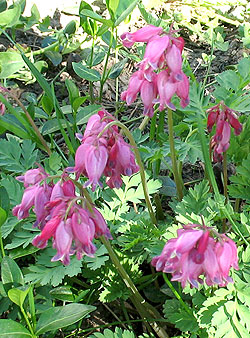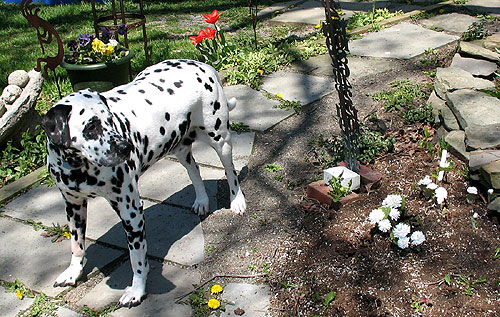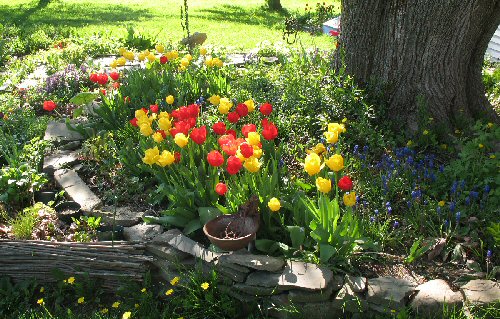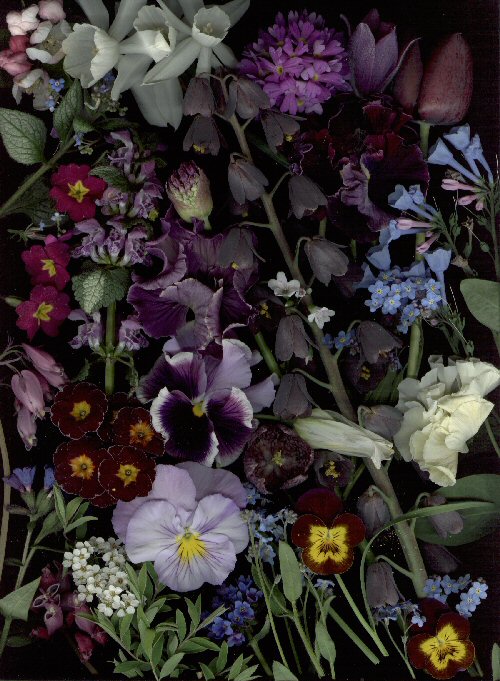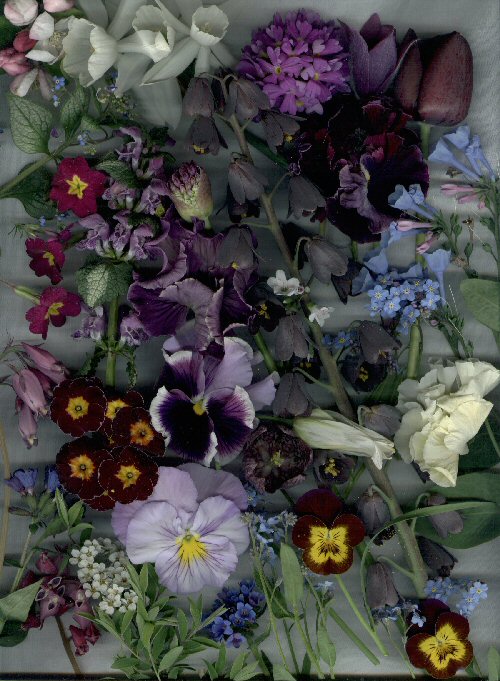The mother plants at Motherplants (above) and demo dog house (right).
This morning, I stopped by Motherplants — a woman-owned nursery specializing in plants for green roofs. Marguerite, a friend and co-worker, is one of the operation’s principals, and I’ve been having her save up some ‘seconds’ for me for my Mudman project. (More on that later.)
The business is thriving. Marguerite is propagating and growing for projects small (the dog houses are for demo purposes) and large (one order for 18,000 square feet is keeping her hopping) from Alabama to Manhattan. But the nice thing about growing plants for living roofs is that they thrive on neglect. If being a little late to ventilate the greenhouse is going to kill your plants, you probably aren’t growing the right plants for the stressful conditions they’re going to encounter later in life.
 Motherplants’ plant list includes nearly 50 sedums and a couple dozen other species, including Armeria, Delosperma, Dianthus, Festuca, Opuntia, Sempervivum, Thymus and more.
Motherplants’ plant list includes nearly 50 sedums and a couple dozen other species, including Armeria, Delosperma, Dianthus, Festuca, Opuntia, Sempervivum, Thymus and more.
Motherplants’ primary product has been flats of plugs. But more and more they’re custom planting modules that are installed directly on the roof, eliminating transplanting on-site. Another twist along these lines is the living wall unit Marguerite is holding (right). The planting cells are angled slightly to help retain the media.
Plant ’em. Grow ’em. Hang ’em. Nothing to it.






